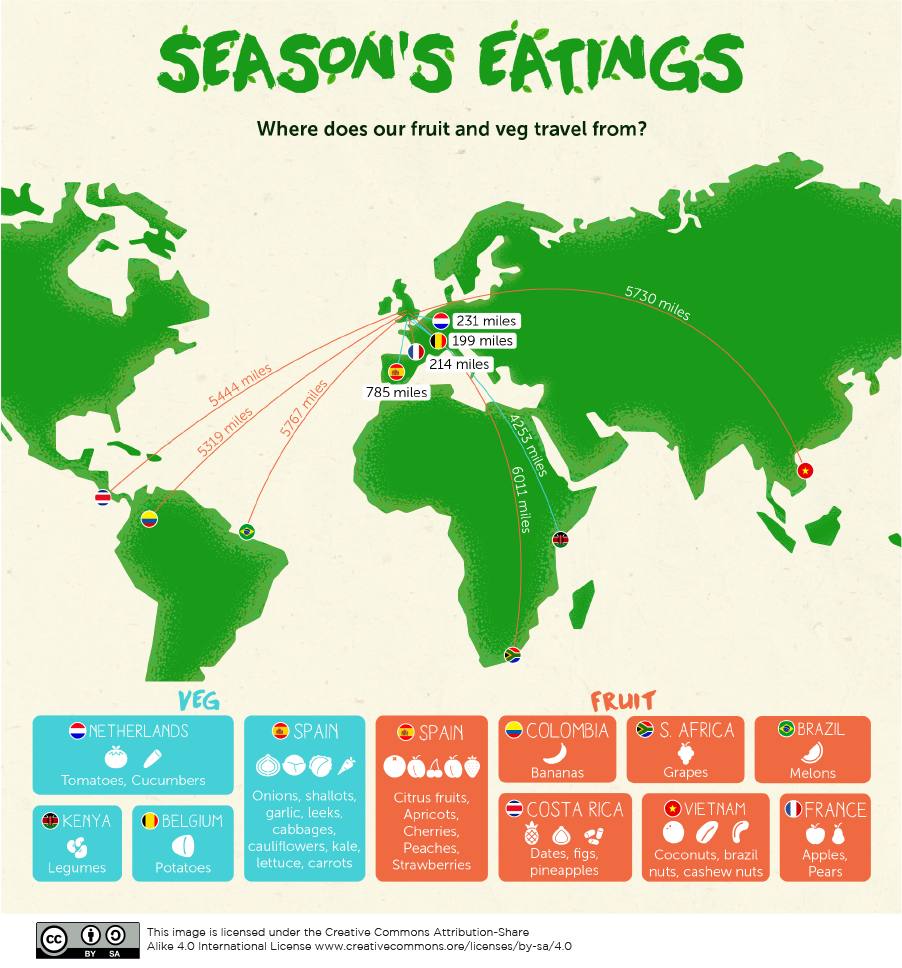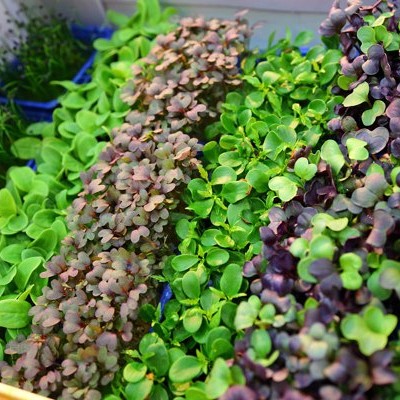As the climate crisis escalates more people are looking towards the simple philosophy of ‘seasonal eating’ as a way to eat well without costing the Earth.
November marks World Vegan Month, and Magnet Kitchens have surveyed 2,000 people to find out and the results make for some interesting findings.
- 8 out of 10 professing that they have shopped seasonally
- 3 out of 10 could accurately say when common fruits & vegetables were in season
- Only 16% knew that sweetcorn is currently in its prime despite being a regular on roasts all year round!
- Despite all these agricultural shortcomings, a comforting 61% know that tomatoes are ripe for the picking in summer
Having a seasonal diet and eating produce grown closer to home would allow consumers to reduce carbon emissions and be more sustainable.
Here’s a guide to what’s in season:
One small change, with a great effect, can be changing our buying habits and eating seasonally. Walking into our local supermarket, we will often take for granted the food on offer, but have you ever considered the impact that buying your fruit and veg out of season may have?
We looked at where exactly our fruit and veg is traveling from and the heafty airmiles that are being put in for the luxury.

But do you think you’d be able to say what’s in season when? To find out we’ve surveyed 2,000 individuals, to see if they knew what’s in season when and the impact that eating their asparagus in summer or their courgettes at Christmas might be having. 8 out of 10 said that they have shopped seasonally, or would like to. But, when we put them to the test only 3 out of 10 knew when common fruits and vegetables were in season.

Ever thought what your dinner table would look like if you only ate seasonally? We’ve put together a helpful guide so you can see what’s in season year-round so you can plan your shopping to suit.

Having a seasonal diet and eating produce grown closer to home means we can reduce carbon emmissions and eat sustainably. We found that the UK imported 30% of all the food from the EU in 2017 and that grapes rack up the largest air miles at 6011. 26% of all carbon emissions come from food production and consumption with potatoes having the highest carbon footprint of any vegetable, at 2.9kg of CO2 per kg of potato. Despite these stats, only 28% of people choose each seasonally to help lower their carbon footprint.

Inspired to start eating seasonally? Check out more food and kitchen inspiration and for the best in kitchen design, head over to the kitchen planner.






































